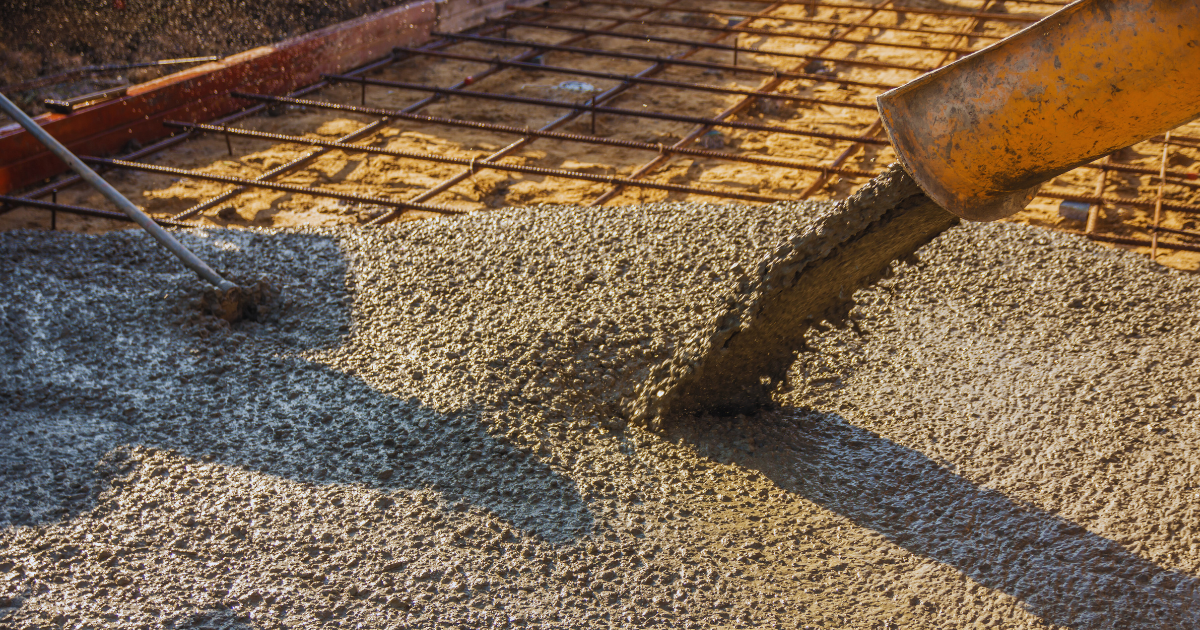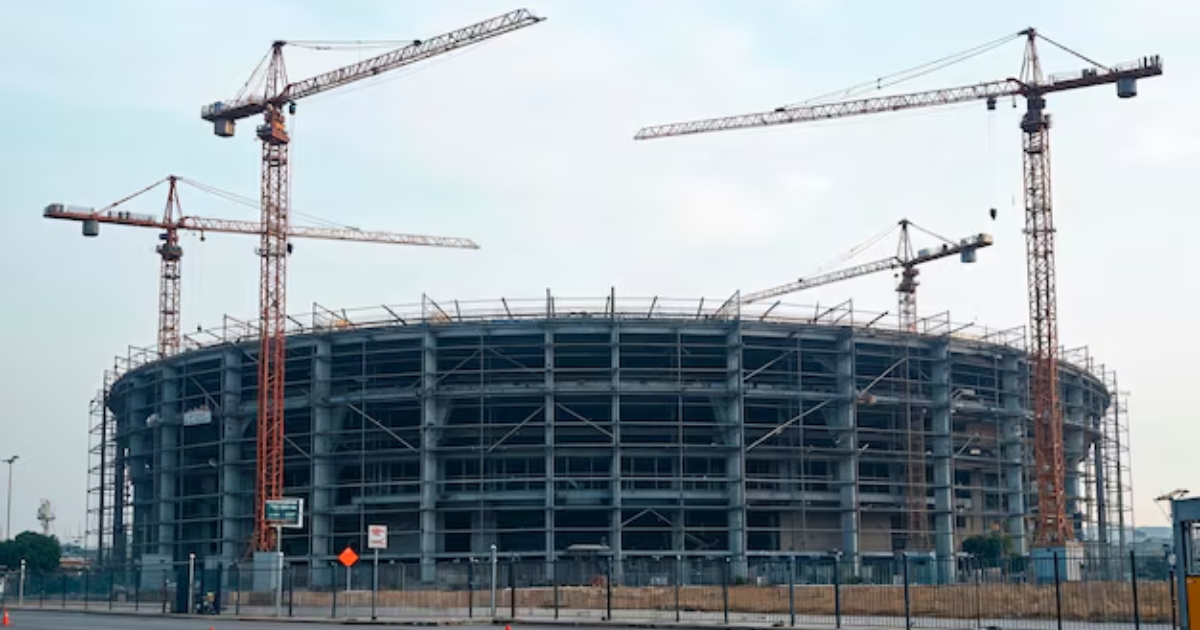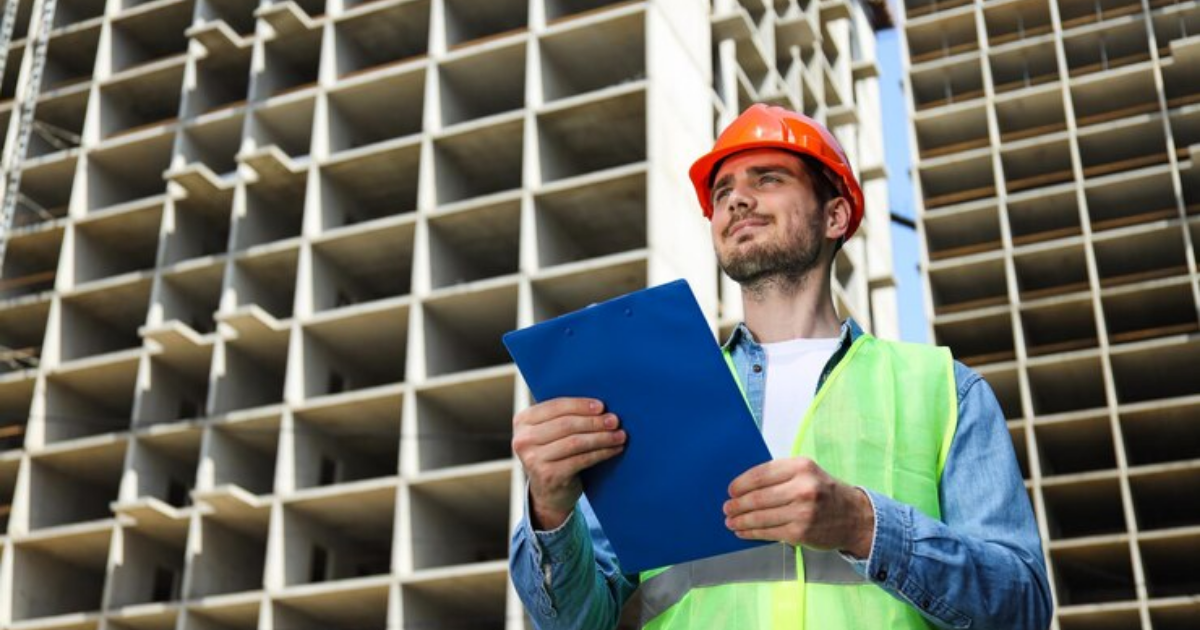In modern construction, diaphragm walls are crucial for deep excavations and retaining structures, especially in projects like basements, tunnels, and underground stations. These walls are known for their strength, water-resistance, and ability to enhance structural integrity in challenging soil conditions. Diaphragm wall technology has evolved over the years, and there are now several installation techniques that contractors can use depending on the project requirements. In this blog, we’ll dive into the top 5 techniques for diaphragm wall installation and discuss their benefits and applications.
What is a Diaphragm Wall?
Before exploring the techniques, it’s essential to understand what a diaphragm wall is. A diaphragm wall is a reinforced concrete structure installed deep into the ground to serve as a retaining wall for underground constructions. The wall is typically cast in place using trench excavation methods. This construction method is widely used in civil engineering projects where deep excavations are required.
The primary purpose of a diaphragm wall is to provide stability and support for the surrounding soil while preventing groundwater from seeping into the excavation area. Diaphragm walls are highly effective in maintaining structural integrity in complex construction environments, such as areas with high water tables or weak soil conditions.
1. Slurry Wall Technique
The slurry wall method is one of the most common techniques for constructing a diaphragm wall. This method involves digging a trench and filling it with a bentonite slurry solution to keep the excavation stable. The slurry helps prevent the collapse of the trench by counteracting the pressure exerted by the surrounding soil and groundwater.
Once the trench is excavated to the desired depth, steel reinforcement cages are lowered into the trench, and concrete is poured through tremie pipes. The concrete displaces the slurry, which is then recycled for use in the next section. This method is highly effective in retaining soil stability during excavation and is widely used in deep foundation and underground construction projects.
Advantages of the Slurry Wall Technique:
- Ideal for deep excavations.
- Minimizes groundwater seepage.
- Provides excellent soil retention and stability.
Applications:
- Subway stations
- Underground parking garages
- Deep basements
2. Cutter Soil Mixing (CSM) Technique
The Cutter Soil Mixing (CSM) technique is a more advanced method of constructing diaphragm walls, often used in areas with challenging soil conditions. This technique involves using a specialized cutting tool that mixes the in-situ soil with cement-based materials to create a reinforced wall. The cutter mixes the soil with a stabilizing slurry, creating a homogenous mixture that hardens into a strong wall.
CSM is particularly useful in areas where the soil is too weak to support conventional trenching methods. It’s an ideal solution for projects requiring improved soil stabilization in difficult conditions. This method also reduces the amount of excavation required, making it an environmentally friendly option.
Advantages of the CSM Technique:
- Reduces excavation volume.
- Suitable for challenging soil conditions.
- Environmentally friendly with reduced material usage.
Applications:
- Coastal and riverbank protection projects.
- Deep foundation stabilization in urban areas.
3. Hydrofraise Technique
The hydrofraise technique is another cutting-edge method used for diaphragm wall installation. It involves the use of a specialized hydraulic cutter, known as a hydrofraise, which excavates the soil and mixes it with bentonite slurry. The hydrofraise cutter is mounted on a crane and works by digging vertically through the soil, providing precise control over the excavation depth.
One of the key benefits of the hydrofraise technique is its ability to dig deeper than traditional trenching methods, making it ideal for large-scale projects. Additionally, this method ensures a more uniform wall thickness, which enhances the overall stability and strength of the diaphragm wall.
Advantages of the Hydrofraise Technique:
- Allows for deeper excavations.
- Provides precise control over wall thickness.
- Ensures high wall quality and uniformity.
Applications:
- Large-scale infrastructure projects like dams and tunnels.
- Deep foundations for high-rise buildings.
4. Grab Excavation Technique
The grab excavation technique is one of the more traditional methods used for constructing diaphragm walls. It involves using a grab or clamshell bucket mounted on a crane to excavate the trench. This method is relatively straightforward and can be used in a variety of soil conditions. Once the trench is dug, steel reinforcement is placed, and concrete is poured to form the diaphragm wall.
While this technique is not as advanced as the hydrofraise or CSM methods, it remains a popular choice for smaller projects or areas where sophisticated equipment cannot be used. It is particularly effective in medium to hard soils, where a more straightforward approach is feasible.
Advantages of the Grab Excavation Technique:
- Simple and cost-effective.
- Suitable for various soil conditions.
- Can be used in confined spaces.
Applications:
- Retaining walls for basements.
- Small to medium-scale infrastructure projects.
5. Reverse Circulation Drilling (RCD) Technique
Reverse Circulation Drilling (RCD) is a specialized method used for deep excavations where the soil is too dense or hard for traditional drilling methods. In this technique, a reverse circulation drill is used to bore into the ground, removing soil and rock fragments through a suction process. The technique is highly efficient and allows for rapid excavation of deep trenches.
RCD is often used in conjunction with other diaphragm wall techniques, such as the slurry wall method, to ensure the structural integrity of the wall. The reverse circulation process minimizes the risk of soil collapse, making it an excellent choice for deep excavations in difficult terrain.
Advantages of the RCD Technique:
- Efficient for deep and hard soil excavations.
- Minimizes soil collapse risks.
- Speeds up the construction process.
Applications:
- Bridge foundations.
- Deep excavation projects in rocky terrains.
Key Considerations for Diaphragm Wall Installation
While the techniques mentioned above offer various advantages, selecting the appropriate method for diaphragm wall installation depends on several factors:
- Soil Conditions: The type of soil at the construction site plays a significant role in determining the best method for diaphragm wall construction. Techniques like CSM are better suited for soft soils, while the grab excavation method works well in harder soils.
- Depth of Excavation: For deeper excavations, advanced techniques like the hydrofraise or RCD methods may be required to ensure stability and structural integrity.
- Project Scale: Large-scale infrastructure projects often demand sophisticated methods such as hydrofraise or slurry walls to meet the required standards of stability and durability.
- Environmental Impact: Sustainability is becoming a growing concern in construction. Techniques like CSM, which reduce material usage and environmental impact, are becoming more popular.
- Cost and Time: Each technique varies in terms of cost and time required for implementation. While advanced techniques like hydrofraise may offer greater precision and quality, they are also more expensive and time-consuming than traditional methods like grab excavation.
Conclusion
Diaphragm walls play an essential role in modern construction, particularly in deep excavation projects that require superior structural integrity and water resistance. With the availability of various installation techniques, contractors can select the best method based on the project’s unique requirements, including soil conditions, excavation depth, and environmental concerns. From the traditional grab excavation to the more advanced hydrofraise method, each technique offers specific benefits that can enhance the overall success of a project.
By understanding the different methods for diaphragm wall installation, construction professionals can ensure the right approach is used to meet their project goals, resulting in stronger, more reliable structures that stand the test of time.







